Written by Kelly Chen, Education and Curriculum Development Intern
One concern you may have while thinking about starting your own garden, is the increase in water usage and water bill. Here, we’ve compiled a list of tips that can help you use and conserve water effectively!
Drip Irrigation
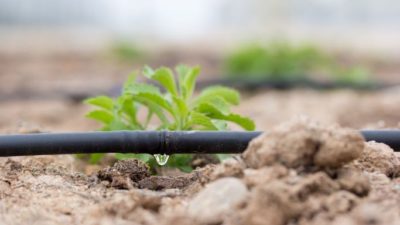
To reduce your water usage, changing your method of watering would make the biggest difference. The most recommended method of watering and most efficient is known as drip irrigation. Drip irrigation waters your plants by laying down a long hose with drippers at measured intervals at the root of the plants. Water drips out slowly and immediately seeps into the soil at the base of the plants. This way, drip irrigation exceeds 90% efficiency compared to normal sprinklers that are usually 50-70% efficient. Not only does drip irrigation reduce the amount of water used, it also reduces the amount of water loss through evaporation, wind, and runoff. Drip irrigation is also extremely easy to install by yourself with a relatively low cost and maintenance. If you’re looking to reduce water usage in your garden, we highly recommend drip irrigation as we use it in Each Green Corner gardens too.
Drought Resistant Plants
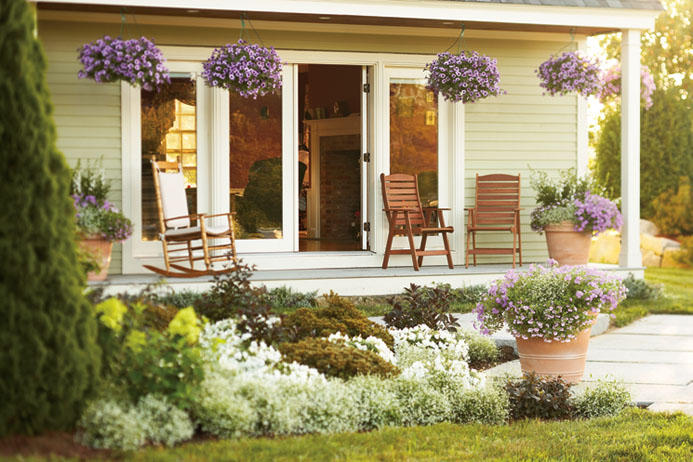
Drought resistant plants can help reduce the necessity for large amounts of water in your garden. Many California native plants are drought tolerant and can bring a natural touch to the flora and fauna in your backyard. Aloe is not only drought tolerant, but also has many other benefits, like moisturizing, healing skin, and can even be eaten! Another drought tolerant plant that can benefit your garden in many ways is lavender. These pretty purple flowering plants can be used as a cooking ingredient or fragrance, and also uses less water. Hearty and healthy artichokes are also a drought tolerant plant that can be cooked in various different dishes. As you can see, there are a variety of drought tolerant plants that you can choose from to benefit your garden!
Recycled Water
The easiest way to recycle water is to collect water from your sinks, showers, or washing machines. Gray water is a term used to refer to water that is between clean water and unusable, black water. Gray water is not sanitary for drinking, but is still usable in the garden and does not damage plants. Household soaps and detergents are harmless to garden plants, but make sure there are no stronger cleaners, like bleach, that can damage plants. To collect gray water, you can buy a gray water diverter that diverts the water into a storage container or into your irrigation system for use in the garden. Collecting rainwater is also another way to recycle water. Rain barrels can connect to your house’s storm gutter easily and collect runoff that can be used whenever. Depending on where you live, like in counties in California, government programs can offer rebates for residents that install a rain barrel in their homes. Recycling water is easier than it seems and can stop a lot of unnecessary water usage.
We, at Each Green Corner, use many of these methods to help conserve water, be cost efficient and keep our environment clean. We hope we inspired you to implement some, if not all of these methods into your own space to create a flourishing and healthy garden!
Sources:
Berman, N. (2014). Six Ways to Save Water in Your Garden. The Guardian. https://www.theguardian.com/lifeandstyle/2014/aug/22/six-ways-to-save-water-in-your-garden
“Drip Irrigation”. (2018). Green Education Foundation. http://www.greeneducationfoundation.org/greenthumbchallengesub/gardening-resources/garden-maintenance/474-dripirrigation.html
Lamb, R. (2020). “How Gray Water Reclamation Works”. How Stuff Works. https://science.howstuffworks.com/environmental/green-science/gray-water-reclamation.htm
Taylor, L. (2020). “15 Best Plants for Drought-Tolerant Gardens”. The Spruce. https://www.thespruce.com/water-wise-plants-drought-tolerant-gardens-2736715
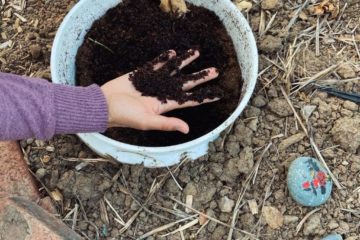
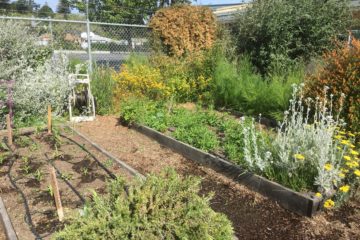
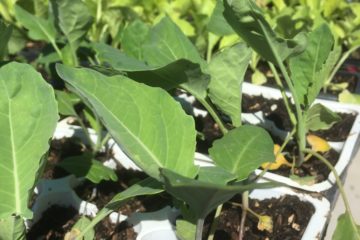
0 Comments